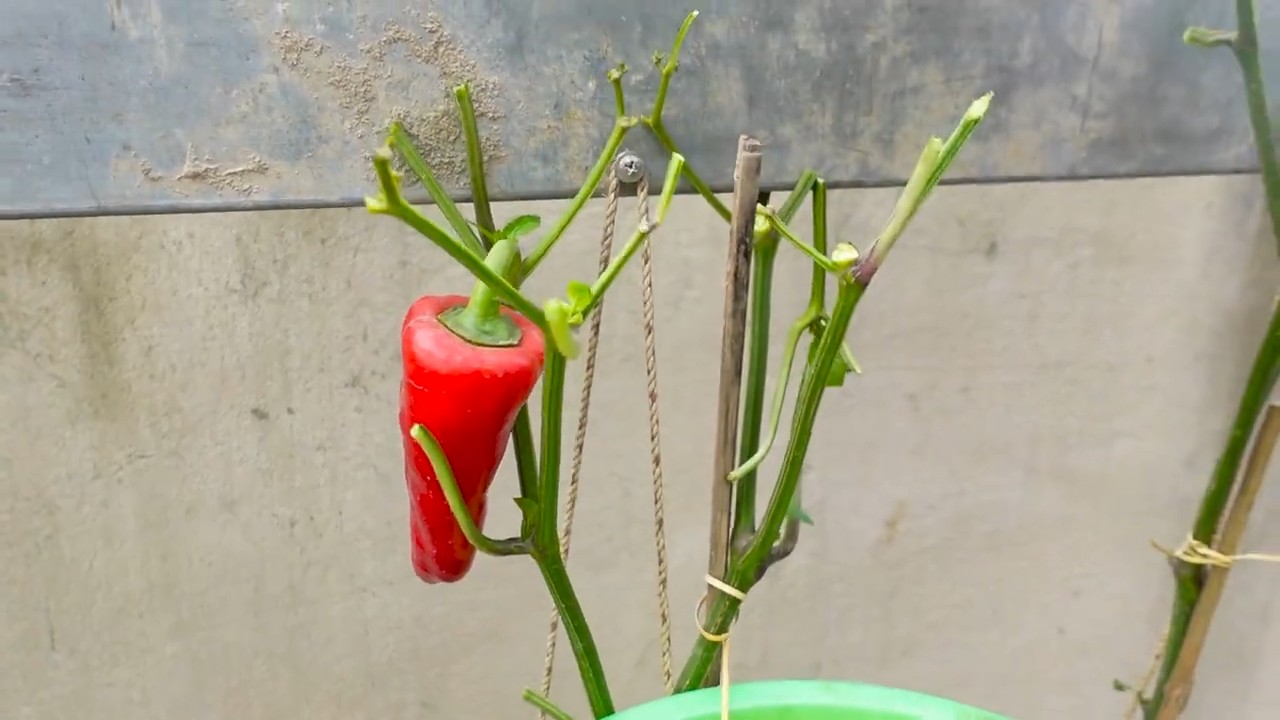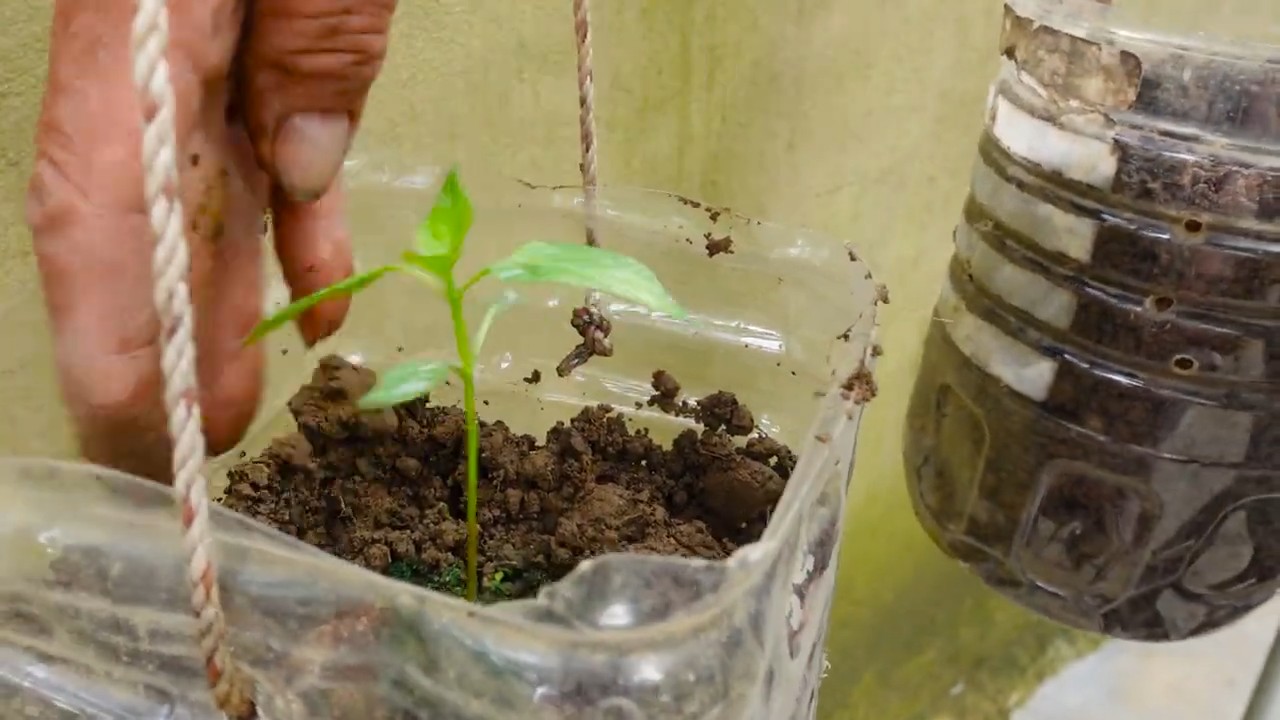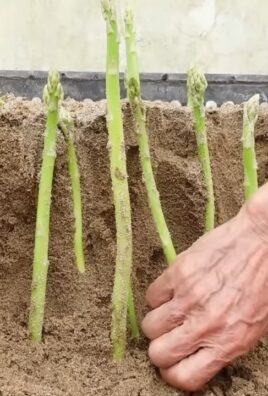Chili pepper harvest game: Ready to turn your chili pepper harvest into a fun and rewarding experience? I know I am! Forget the tedious chore of picking peppers one by one; we’re about to level up your gardening game with a DIY trick that’s both efficient and enjoyable.
For centuries, chili peppers have been more than just a spice; they’ve been a symbol of warmth, passion, and even good luck in many cultures. From the ancient Aztecs using them in rituals to modern-day chefs crafting fiery masterpieces, chili peppers hold a special place in our hearts (and on our palates!). But let’s be honest, harvesting them can sometimes feel like a prickly task.
That’s where this DIY trick comes in. Imagine transforming your chili pepper harvest from a laborious task into a mini-competition, a game against yourself or even with your family! This simple hack not only speeds up the process but also adds an element of fun, making it more likely you’ll actually get those peppers picked before the first frost hits. Plus, who doesn’t love a little friendly competition? So, let’s dive in and discover how to make your chili pepper harvest game the most exciting part of your gardening season!

DIY Chili Ernte Spiel: Spaß und Lernen für Groß und Klein
Hallo liebe Bastelfreunde! Heute zeige ich euch, wie ihr ein super lustiges und lehrreiches Chili Ernte Spiel selber machen könnt. Dieses Spiel ist perfekt für Kinder (und Erwachsene!), um spielerisch etwas über Pflanzen, Farben und Feinmotorik zu lernen. Außerdem ist es eine tolle Beschäftigung für drinnen, besonders wenn das Wetter mal nicht so mitspielt. Lasst uns loslegen!
Materialien, die du brauchst:
* Filz in verschiedenen Farben (rot, grün, gelb, orange – für die Chilis und Blätter)
* Brauner Filz (für den Topf)
* Grüner Pfeifenreiniger (für die Stiele)
* Holzkugeln oder kleine Pompons (für die Chilis)
* Heißklebepistole und Klebesticks
* Schere
* Bleistift
* Nähmaschine oder Nadel und Faden (optional, für den Topf)
* Füllwatte oder Stoffreste (für den Topf)
* Ein großer Karton oder eine Kiste (als Basis für den Garten)
* Grünes Krepppapier oder Stoff (für das Gras)
* Optional: Kleine Gartengeräte aus Plastik (für noch mehr Spielspaß)
Anleitung: Schritt für Schritt zum Chili Ernte Spiel
1. Der Chili-Topf: Die Basis für unsere Chili-Pflanzen
1. Zuschnitt des Filzes: Zuerst schneiden wir zwei Kreise aus braunem Filz aus. Die Größe der Kreise bestimmt die Größe unseres Topfes. Ich empfehle einen Durchmesser von etwa 20 cm. Dann schneiden wir einen langen Streifen aus braunem Filz aus, der etwa 10 cm breit ist. Die Länge des Streifens sollte dem Umfang der Kreise entsprechen (Umfang = Durchmesser x Pi, also ca. 63 cm).
2. Zusammennähen des Topfes: Jetzt nähen wir den langen Filzstreifen an einen der Filzkreise. Ich benutze dafür meine Nähmaschine, aber du kannst das auch ganz einfach mit Nadel und Faden per Hand machen. Achte darauf, dass die Naht sauber und fest ist.
3. Den zweiten Kreis annähen: Wenn der Streifen fast komplett an den ersten Kreis genäht ist, lassen wir eine kleine Öffnung. Durch diese Öffnung füllen wir den Topf mit Füllwatte oder Stoffresten. So bekommt der Topf seine Form und Stabilität.
4. Öffnung schließen: Nachdem der Topf gut gefüllt ist, nähen wir die Öffnung zu. Jetzt haben wir einen stabilen und kuscheligen Topf für unsere Chili-Pflanzen.
2. Die Chili-Pflanzen: Farbenfrohe Hingucker
1. Zuschnitt der Blätter: Wir schneiden Blätter aus grünem Filz aus. Ich mache verschiedene Größen und Formen, damit es natürlicher aussieht. Du kannst dir Vorlagen aus Papier erstellen oder einfach frei Hand schneiden.
2. Befestigung der Blätter: Die Blätter kleben wir mit der Heißklebepistole an die Pfeifenreiniger. Achte darauf, dass die Blätter gut halten. Du kannst auch mehrere Blätter an einen Pfeifenreiniger kleben, um buschigere Pflanzen zu bekommen.
3. Zuschnitt der Chilis: Jetzt schneiden wir die Chilis aus rotem, gelbem und orangem Filz aus. Ich mache verschiedene Größen und Formen, von klein und spitz bis groß und rund.
4. Befestigung der Holzkugeln/Pompons: Die Holzkugeln oder Pompons kleben wir mit der Heißklebepistole an die Filz-Chilis. Das gibt den Chilis mehr Volumen und macht sie griffiger.
5. Befestigung der Chilis an den Pflanzen: Zum Schluss kleben wir die Chilis an die Pfeifenreiniger. Ich achte darauf, dass die Chilis gut verteilt sind und nicht alle an einem Fleck hängen.
3. Der Chili-Garten: Eine grüne Oase
1. Vorbereitung der Basis: Wir nehmen den großen Karton oder die Kiste und bekleben sie mit grünem Krepppapier oder Stoff. Das soll das Gras darstellen. Du kannst auch braunes Papier für Erde verwenden und kleine Wege anlegen.
2. Platzierung der Töpfe: Wir stellen die Chili-Töpfe in den Garten. Du kannst sie einfach so hinstellen oder sie mit etwas Klebeband fixieren, damit sie nicht verrutschen.
3. Dekoration: Jetzt dekorieren wir den Garten nach Belieben. Du kannst kleine Gartengeräte aus Plastik hinzufügen, Steine, kleine Zäune oder was dir sonst noch einfällt.
Spielanleitung: So wird gespielt
* Ziel des Spiels: Das Ziel des Spiels ist es, so viele Chilis wie möglich zu ernten.
* Spielablauf: Die Spieler nehmen abwechselnd eine Chili von den Pflanzen. Wer am Ende die meisten Chilis hat, gewinnt.
* Variationen:
* Farben-Spiel: Die Spieler müssen nur Chilis einer bestimmten Farbe ernten.
* Zähl-Spiel: Die Spieler zählen die Chilis, die sie geerntet haben.
* Punkte-Spiel: Jede Farbe hat eine bestimmte Punktzahl. Rot ist zum Beispiel 3 Punkte wert, Gelb 2 Punkte und Orange 1 Punkt. Wer am Ende die meisten Punkte hat, gewinnt.
* Pflanzenkunde: Nutze das Spiel, um deinem Kind etwas über Chili-Pflanzen zu erzählen. Wo sie wachsen, wie sie aussehen und wie man sie pflegt.
Tipps und Tricks für dein Chili Ernte Spiel
* Sicherheit geht vor: Achte beim Umgang mit der Heißklebepistole darauf, dass du dich nicht verbrennst. Lasse Kinder die Heißklebepistole nur unter Aufsicht benutzen.
* Kreativität ist gefragt: Sei kreativ bei der Gestaltung des Spiels. Du kannst die Chilis und Blätter in allen möglichen Formen und Farben gestalten.
* Langlebigkeit: Wenn du möchtest, dass das Spiel lange hält, kannst du die Filzteile mit der Nähmaschine zusammennähen anstatt sie zu kleben.
* Anpassung: Passe das Spiel an das Alter und die Fähigkeiten deiner Kinder an. Für jüngere Kinder kannst du größere Chilis und einfachere Regeln verwenden.
* Gemeinsam basteln: Das Basteln des Spiels ist schon ein Teil des Spaßes. Beziehe deine Kinder mit ein und lasst eurer Kreativität freien Lauf.
Ich hoffe, diese Anleitung hilft dir dabei, dein eigenes Chili Ernte Spiel zu basteln. Es ist ein tolles Projekt, das nicht nur Spaß macht, sondern auch lehrreich ist. Viel Spaß beim Basteln und Spielen!

Conclusion
So, you’ve conquered the chili pepper harvest game and now find yourself swimming in a sea of fiery goodness! But what to do with all those peppers? Don’t let them languish in the crisper drawer, destined for a slow, flavorless demise. Instead, embrace the art of DIY chili powder. Trust us, once you’ve tasted homemade, you’ll never go back to the store-bought stuff.
This isn’t just about saving a few bucks (though that’s a definite perk!). It’s about unlocking a depth of flavor that pre-packaged powders simply can’t match. You control the heat level, the aroma, and the overall character of your spice blend. Imagine the satisfaction of knowing exactly where your ingredients came from and the care that went into creating them.
The beauty of this DIY chili powder method lies in its adaptability. Feel free to experiment with different types of chili peppers to create your signature blend. Want a smoky kick? Add some smoked paprika or chipotle peppers. Craving a more complex flavor profile? Incorporate toasted cumin seeds, coriander, or even a touch of dried oregano. The possibilities are truly endless.
This DIY chili powder trick is a must-try for anyone who loves to cook and appreciates the power of fresh, vibrant spices. It’s a simple process that yields incredible results, transforming your dishes from ordinary to extraordinary. Think of the rich, smoky flavor infusing your chili, the subtle heat enhancing your tacos, or the vibrant color adding a touch of magic to your stews.
Don’t be intimidated by the process. It’s far easier than you might think. And the reward – a jar of custom-blended chili powder that’s bursting with flavor – is well worth the effort.
We encourage you to give this DIY chili powder method a try. Start small, experiment with different peppers, and find the blend that perfectly suits your palate. And most importantly, share your experience with us! Let us know what peppers you used, what variations you tried, and how your homemade chili powder transformed your favorite dishes. We can’t wait to hear about your chili powder adventures!
Frequently Asked Questions (FAQ)
What types of chili peppers are best for making chili powder?
The best chili peppers for chili powder depend entirely on your personal preference for heat and flavor. For a mild chili powder, consider using ancho peppers, which have a rich, fruity flavor with a gentle warmth. For a medium heat, try guajillo peppers, which offer a slightly sweet and smoky flavor. If you’re a heat seeker, consider using cayenne peppers, árbol peppers, or even a small amount of habanero peppers (use caution!). Remember to remove the seeds and membranes from the peppers if you want to reduce the heat level. You can also create a blend of different peppers to achieve a more complex flavor profile. Experiment and see what you like best!
How do I dry my chili peppers if I don’t have a dehydrator?
If you don’t have a dehydrator, you can dry your chili peppers in a few different ways. One option is to air dry them. Simply string the peppers together using a needle and thread, and hang them in a well-ventilated area away from direct sunlight. This method can take several weeks, depending on the humidity. Another option is to dry them in the oven. Preheat your oven to the lowest possible setting (ideally around 170°F or 77°C). Spread the peppers out on a baking sheet and bake for several hours, flipping them occasionally, until they are completely dry and brittle. Be sure to keep a close eye on them to prevent burning.
How long does homemade chili powder last?
Homemade chili powder, when stored properly, can last for up to a year. To maximize its shelf life, store it in an airtight container in a cool, dark, and dry place. Avoid storing it near heat sources or in direct sunlight, as this can cause it to lose its flavor and potency. You’ll know it’s time to replace your chili powder when it loses its vibrant color and aroma.
Can I add other spices to my homemade chili powder?
Absolutely! Adding other spices is a great way to customize your chili powder and create a unique flavor profile. Some popular additions include cumin, coriander, oregano, garlic powder, onion powder, smoked paprika, and even a pinch of cinnamon or cocoa powder for a touch of warmth and complexity. Experiment with different combinations and ratios to find your perfect blend.
Do I need to toast the dried chili peppers before grinding them?
Toasting the dried chili peppers before grinding them is optional, but it can enhance their flavor and aroma. Toasting helps to release the essential oils in the peppers, resulting in a more complex and flavorful chili powder. To toast the peppers, simply place them in a dry skillet over medium heat and toast for a few minutes, flipping them occasionally, until they become fragrant. Be careful not to burn them.
What’s the best way to grind the dried chili peppers?
The best way to grind the dried chili peppers is with a spice grinder or a coffee grinder that is dedicated to grinding spices. You can also use a high-powered blender, but be sure to pulse it in short bursts to prevent the peppers from overheating. If you don’t have any of these appliances, you can use a mortar and pestle, but this will require more effort and time.
My chili powder is too spicy! What can I do?
If your chili powder is too spicy, you can try diluting it with other spices, such as cumin, coriander, or smoked paprika. You can also add a touch of sweetness, such as brown sugar or maple syrup, to help balance the heat. Alternatively, you can use a smaller amount of the chili powder in your recipes.
Can I use fresh chili peppers to make chili powder?
While you can technically use fresh chili peppers to make chili powder, it’s not recommended. Fresh chili peppers contain a lot of moisture, which can make it difficult to dry them properly and can lead to mold growth. It’s best to use dried chili peppers for making chili powder.
What are some creative ways to use my homemade chili powder?
Besides the obvious uses in chili, tacos, and stews, your homemade chili powder can be used in a variety of creative ways. Try adding it to dry rubs for meats, sprinkling it on roasted vegetables, using it to season popcorn, or even adding a pinch to your chocolate desserts for a surprising kick. The possibilities are endless!
How do I store my homemade chili powder to keep it fresh?
To keep your homemade chili powder fresh, store it in an airtight container in a cool, dark, and dry place. Avoid storing it near heat sources or in direct sunlight, as this can cause it to lose its flavor and potency. A pantry or spice cabinet is an ideal storage location. Make sure the container is properly sealed to prevent moisture from getting in, which can cause the chili powder to clump or spoil.




Leave a Comment